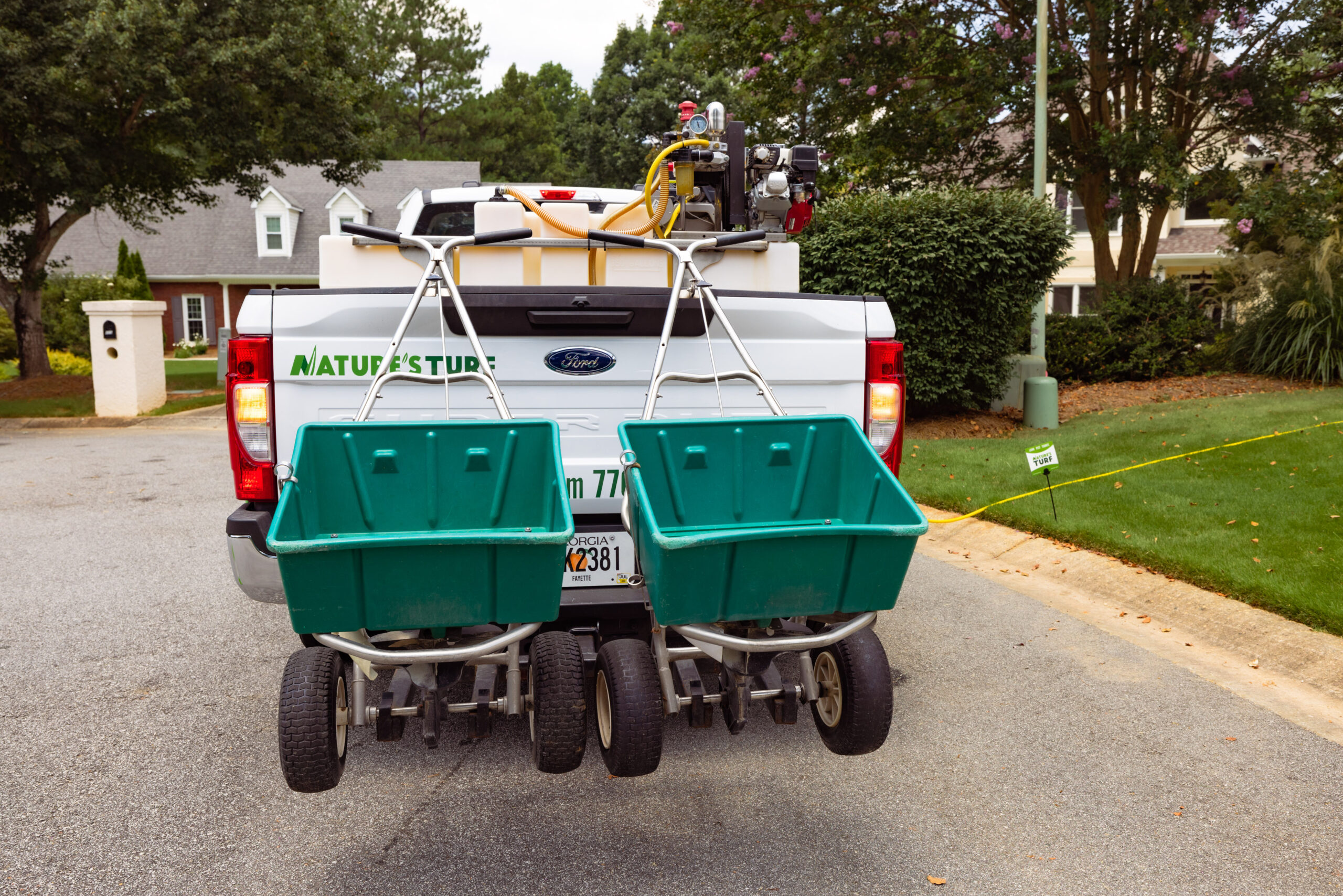Poa annua, otherwise known as poa, poanna, or annual bluegrass, is a noxious winter annual grassy weed. While not noxious in the sense that it’s poisonous, it is very unpleasant. Truthfully, it’s a fascinating weed, and presents a major challenge to professional grass growers, homeowners, and companies aiming to produce weed control products.
Why is Poa annua So Challenging?
Merriam-Webster defines resistance as: the inherent ability of an organism to resist harmful influences (such as disease, toxic agents, or infection). In the case of Poa annua, the “toxic agents” are the weed control products designed to be toxic to weeds.
This resistance has developed because:
- The biology of Poa itself – Poa is a prolific seeder, with each plant producing hundreds of seeds a year. As those germinate and produce hundreds more seeds, the population can increase exponentially. Each of these plants looks the same on the outside, but are biologically diverse in their DNA.
- Product development is slow – While turf is a sizable industry, it’s dwarfed by agriculture. A shift in that industry to other technologies slowed the formation of new active ingredients, modes of action, and have created resistance issues of their own that trickle into our industry.
The combination of these two factors has created resistance in Poa to all of the commercially available pre-emergent weed control products, and some resistance to the only selective, post-emergent mode of action available to residential turf. Repeatedly applying the same products to a diverse genome like Poa will kill the susceptible plants, leaving the ones resistant to that mode of action.
The term mode of action refers to how a weed control product does its job. They are divided by these modes of action into groups. Many active ingredients can have the same mode of action. Resistance to one active ingredient could mean partial or total resistance to other active ingredients with the same mode of action, so continuing the pursuit of newest information, and paying keen attention to results is key.
What is The Plan for Poa?
Turf growers should be doing what they should have been doing all along. Alternating modes of action to take advantage of vulnerabilities. While there is known resistance to all of the best pre-emergent weed control products, individual poa plants are likely only resistant to the one or two modes they’ve been exposed to most frequently.
Considering the constantly evolving knowledge, programs should be designed utilizing alternations and combinations of modes of action known to still be effective. By exposing the seed bank to various modes of action, they are controlled by one, the other, or both. If controlled as they emerge from seed, they can’t mature to produce more resistant seed. They also don’t have to be treated in post-emergence, helping limit the perpetuation of resistance to post-emergent modes of action.
Integrated pest management will continue to play a major role in resistance management in Poa annua going forward as well. This requires buy in and partnership from homeowners and the people performing their maintenance. Density and plant health are not only important for your lawn, but also fundamental to weed suppression. They shade the surface, and help keep weed control products where they were applied. Breakthrough often starts in thin areas that you can help reduce.
For more information on Poa annua, check out our new podcast!








